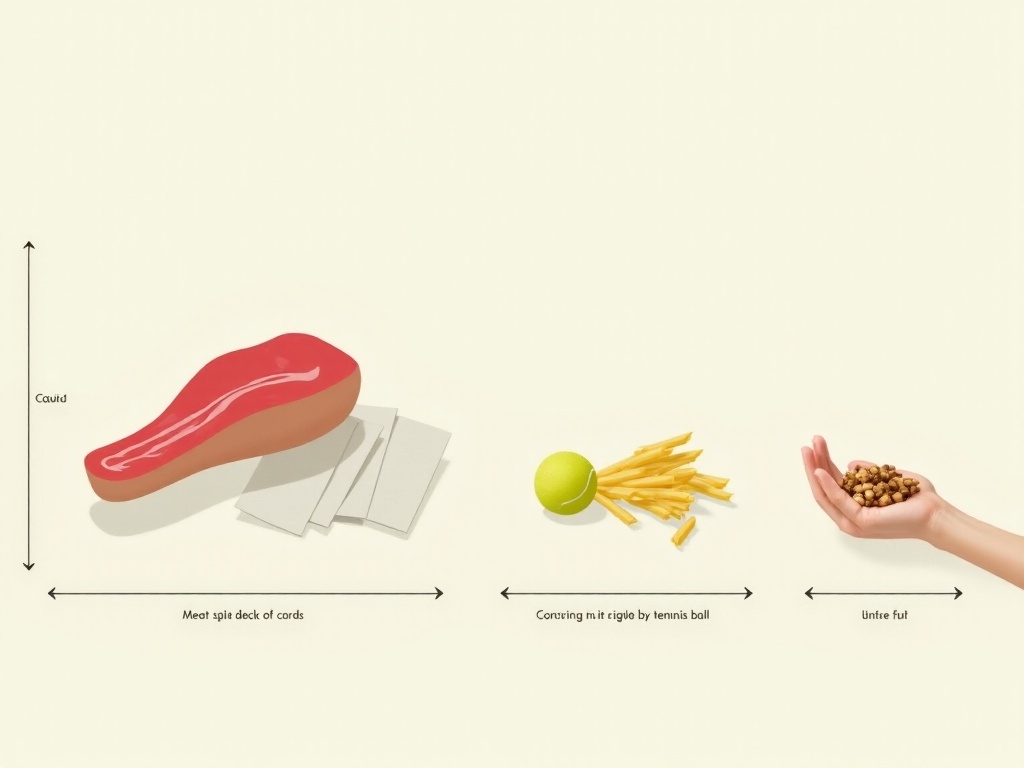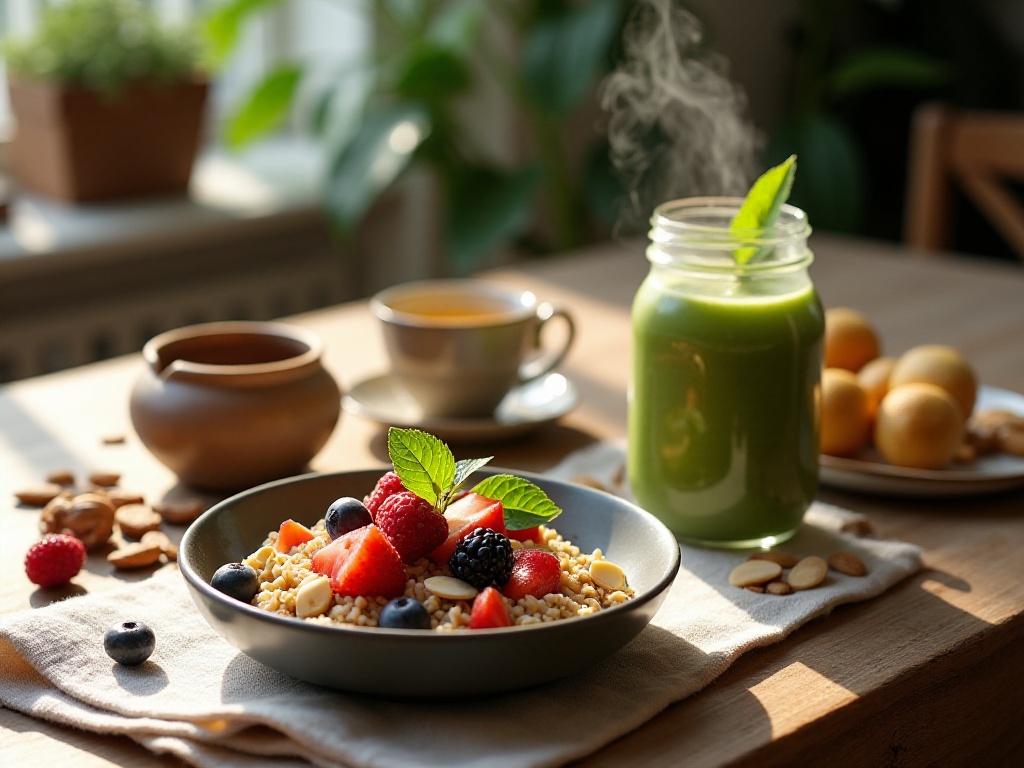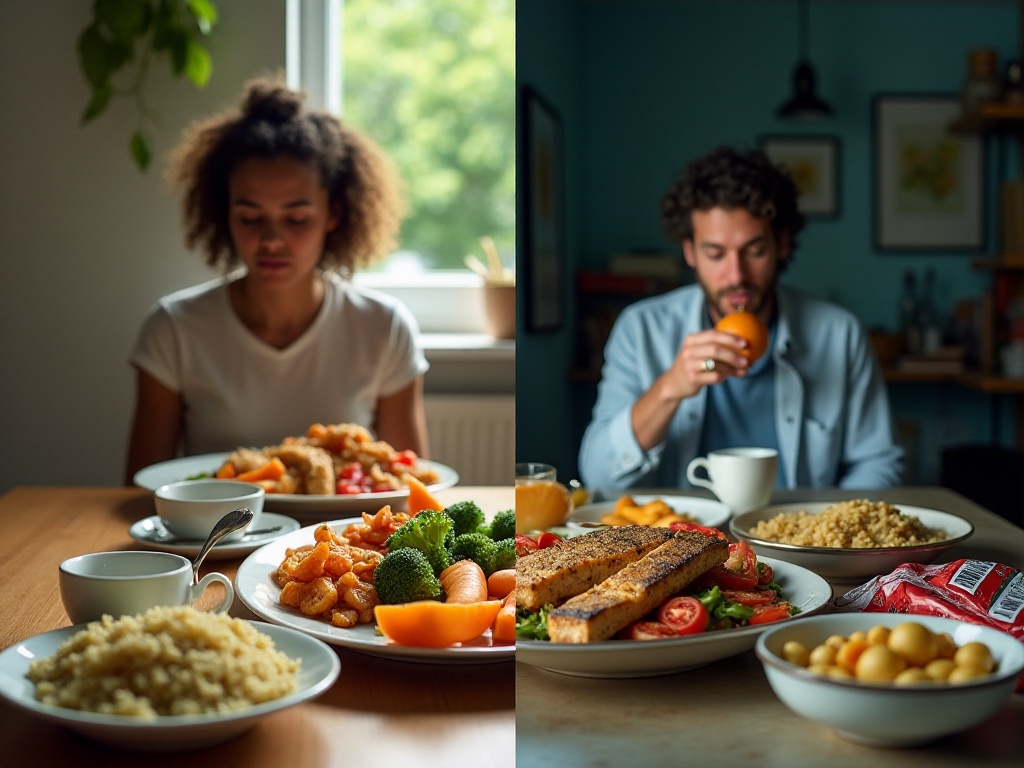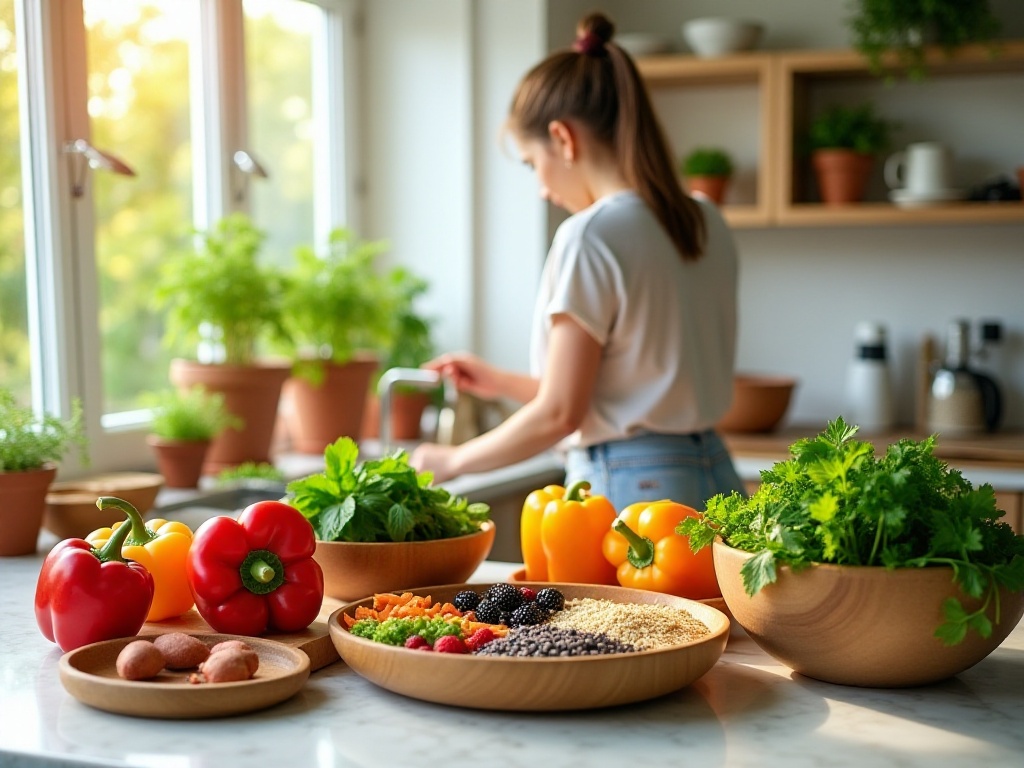As a newcomer to the workforce, deciding what to eat for lunch every day gives me a headache. The tempting array of food on delivery platforms entices my taste buds, but looking at my credit card bill at the end of the month makes my heart bleed. A single takeout meal costs between 35 to 50, not counting delivery fees, adding up to over 2000 per month just for food. Not to mention, after eating too much greasy takeout, my weight started creeping up and a small belly began to appear.
I happened to come across many influencers sharing bento recipes on social media, and seeing their exquisite bento photos made me want to try it myself. So I started my bento journey six months ago. From being completely overwhelmed at first to now being quite proficient, I've gained quite a bit of experience along the way and found my own rhythm. Not only have I managed to keep each meal's cost under 15, but more importantly, I'm eating healthily and deliciously, and my weight is slowly dropping.

When I first started preparing bentos, I simply chose ingredients I liked to eat. As a result, I found myself either having too much protein or too little carbohydrates - the nutrition was completely unbalanced. Later, I learned about the "321" golden ratio rule from a nutritionist's blog: 3 portions of vegetables, 2 portions of quality protein, and 1 portion of whole grains. This ratio is not only nutritionally balanced but also particularly suitable for fat loss.
For example, my favorite bento combination is: broccoli + carrots + choy sum (3 portions of vegetables), chicken breast + egg (2 portions of protein), and brown rice (1 portion of whole grains). Broccoli is rich in vitamin C and dietary fiber, carrots provide beta-carotene, and choy sum supplies folic acid and iron. Chicken breast is low in fat but rich in protein, and paired with eggs, it not only increases satiety but also provides quality protein. Although brown rice doesn't have the soft texture of white rice, it's rich in B vitamins and dietary fiber, and has a lower glycemic index than white rice.
To keep my bentos from becoming monotonous, I frequently vary the combinations. For instance, I substitute chicken breast with salmon or shrimp, and eggs with tofu or lean beef. The main course can also be switched to quinoa, oats, or whole wheat bread. There are even more choices for vegetables - I can use whatever I feel like eating, as long as I maintain a combination of three or more types.
The price and freshness of different ingredients vary with the seasons. For example, in spring, peas, chives, and spinach are particularly fresh and affordable. I love to stir-fry shrimp with peas and pair it with chive scrambled eggs - it's both nutritious and delicious.
In summer, okra, eggplant, and loofah are good choices. Okra is rich in dietary fiber and vitamin K, and can be stir-fried or blanched, particularly appetizing when seasoned with minced garlic. I like to roast eggplant with olive oil, which not only reduces fat intake but also makes it very flavorful.
Come autumn, pumpkin, yam, and lotus root are seasonal ingredients. Pumpkin is rich in beta-carotene and potassium, and can be steamed and cut into pieces, sprinkled with black sesame seeds. Yam nourishes the spleen and stomach, and can be made into soup or stir-fried. Lotus root is crisp and refreshing, maintaining its crunchy texture even after cooking.
In winter, it's good to eat more root vegetables, such as carrots, white radish, and potatoes. These vegetables are not only easy to store but also increase the satiety of the bento. I particularly enjoy stir-frying shredded carrots with shredded chicken, white radish can be made into soup or pickled, and diced potatoes stir-fried with corn kernels is also a nice combination.


Time is always tight on weekday mornings, and there's definitely not enough time to make bentos from scratch. So I've developed a habit of batch preparing ingredients on weekends. I usually spend two hours on Sunday afternoon preparing all the ingredients I'll need for the coming week.
First is processing protein ingredients. After buying chicken breast, I slice it thinly and package it into small portions in freezer bags. Each portion is marinated with different flavors, such as black pepper, curry, or garlic, so the bentos won't be too monotonous throughout the week. When marinating, I add a bit of cooking wine and starch to the chicken breast, which makes the meat more tender when pan-fried.
Then comes vegetable preparation. Vegetables bought home need to be soaked in salt water for 15 minutes first to remove pesticide residues. Then they're dried, cut, and packaged separately. For vegetables like broccoli, I cut them into small florets and package them in freezer bags. Carrots are shredded, choy sum is cut into sections, all packaged separately. This way, I only need to take them out and cook in the morning.
For the main course, I usually choose brown rice. I can cook enough for 3-4 days at once, let it cool, and package it for freezing. I move it to the refrigerator to thaw the day before use, and just heat it up in the morning when needed. If you find brown rice too hard, you can mix it with white rice in a 4:1 ratio when cooking, which makes the texture much better.

Keeping bento boxes fresh is a major concern, especially in summer. After multiple attempts, I've summarized several tips:
First is the choice of bento box. I now use imported Japanese glass compartmented containers, which although expensive (over 200 each), are really worth it. Glass material doesn't leave a plastic taste, and can be directly microwaved. The compartment design prevents different ingredients from mixing flavors, especially for dishes with strong flavors like curry or Korean spicy sauce.
Second is the order of placing ingredients. Hot ingredients must be completely cooled before boxing, otherwise moisture can lead to spoilage. Sauces should be packed separately in small containers and added when eating. This maintains the texture of the ingredients and prevents the bento from becoming too moist.
Vegetable processing is also crucial. Green leafy vegetables must be shocked in cold water after blanching to maintain their bright green color. Vegetables that need to be stir-fried should be cooked quickly over high heat to maintain their crisp and tender texture. For raw vegetables like lettuce or cherry tomatoes, dry them with kitchen paper before packing.
Proper refrigerator organization can help ingredients stay fresh longer and prevent flavor mixing. Here's how I organize my refrigerator:
The bottom layer of the freezer is for meat. Chicken breast and beef are packaged in freezer bags, about 100 grams each, which makes thawing convenient. Frozen seafood is also stored on this layer, with shrimp and fish fillets cleaned before freezing.
The refrigerator compartment is divided into three layers. The bottom layer is for vegetables that need long-term storage, like carrots and white radish. The middle layer is for soy products and eggs, with tofu stored in containers after draining the packaging water. The top layer is for leafy greens and ingredients that will be used soon, making them easy to access.
The door compartments are used for seasonings and sauces. Each compartment is labeled, making it easy to find needed seasonings. Frequently used sauces, like garlic chili sauce and peanut butter, are divided into small portions for easy carrying.
Managing ingredient shelf life is also important. I label each ingredient package with the purchase date and recommended consumption deadline.
Leafy greens can be stored for a maximum of 3 days, after which they tend to yellow and soften. Root vegetables can last a week, but need to be checked for sprouting or softening. Soy products generally need to be consumed within 3-4 days, especially tofu, which should be used within 2 days after opening.
Meat can be stored for a month in the freezer, but it's best to consume it within two weeks for better texture. For seafood, it's best to consume within a week, as it can develop a fishy smell if stored too long.
To avoid ingredient expiration, I check the refrigerator inventory on weekends and prioritize nearly expired ingredients in next week's bento plans. This way, no ingredients are wasted, and every meal contains fresh food.
This half-year of bento life has really changed me in many ways. First are the financial benefits, saving at least 1000 per month. Previously, a takeout meal cost 30-50, but now making my own bento averages only 12-15 per meal.
Second is the improvement in physical condition. Through controlling meal proportions and ingredient selection, my weight has dropped from 130 jin to 115 jin and remains stable. My skin condition is also much better than before, probably because of increased intake of vegetables and fruits, providing sufficient vitamins and dietary fiber.
Most importantly is the lifestyle change. Now I plan the next day's bento in advance and spend time on weekends researching new recipes. This regular lifestyle rhythm makes me feel very fulfilled and more appreciative of food.
To be honest, preparing bentos did feel troublesome at first. Buying groceries, processing ingredients, packaging and storing - each step takes time and effort. But as you gradually develop the habit, you'll find it's actually a great lifestyle. You not only get to eat healthy and delicious meals but also develop your life skills - why not give it a try?
If you want to start bento life, I suggest starting with simple combinations. Choose some easily processed ingredients first, and gradually expand after becoming familiar with the basic operations. I believe you can also find your own bento joy. I look forward to seeing more people join the bento life community and enjoy healthy and delicious work meals together.
 Previous
Previous



